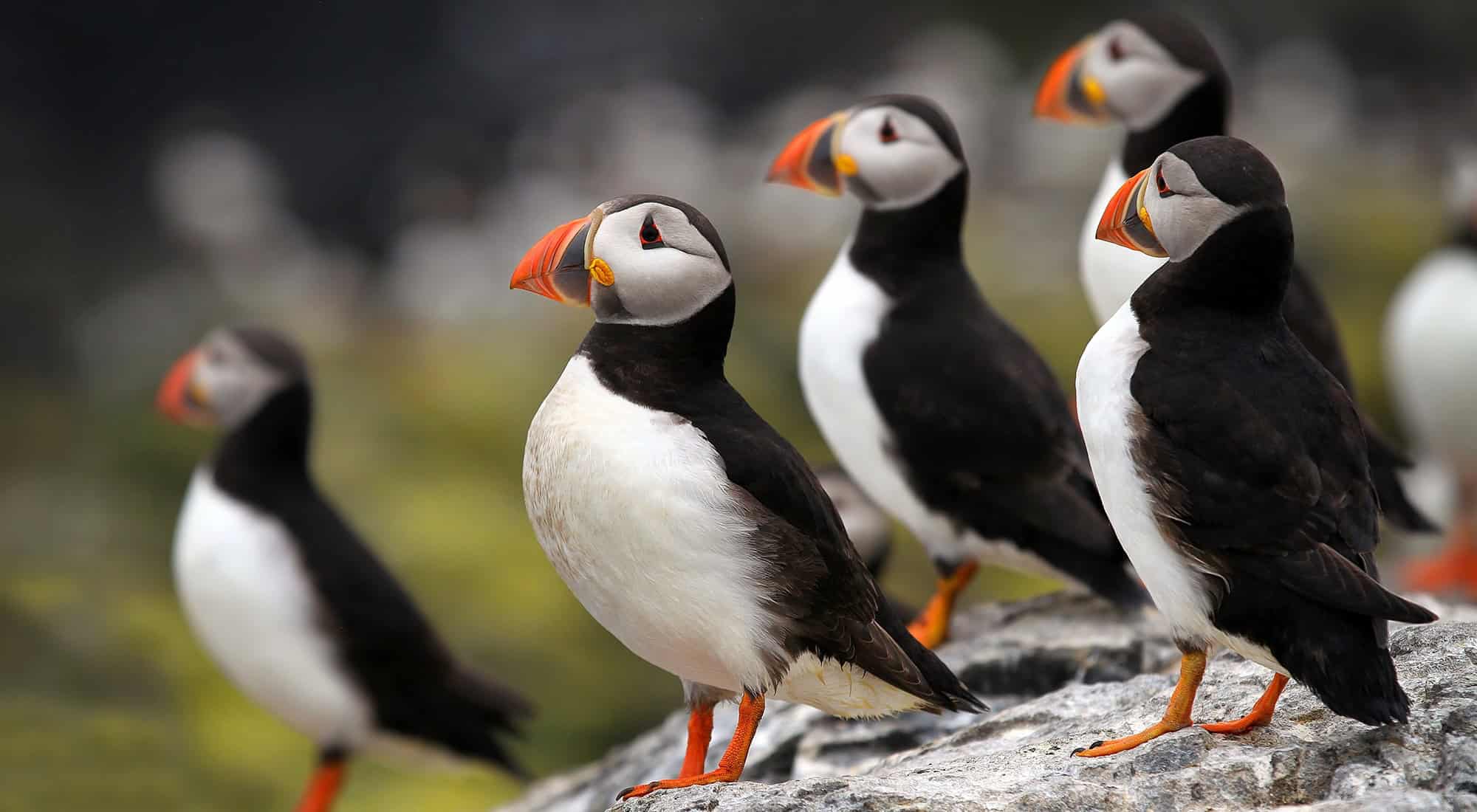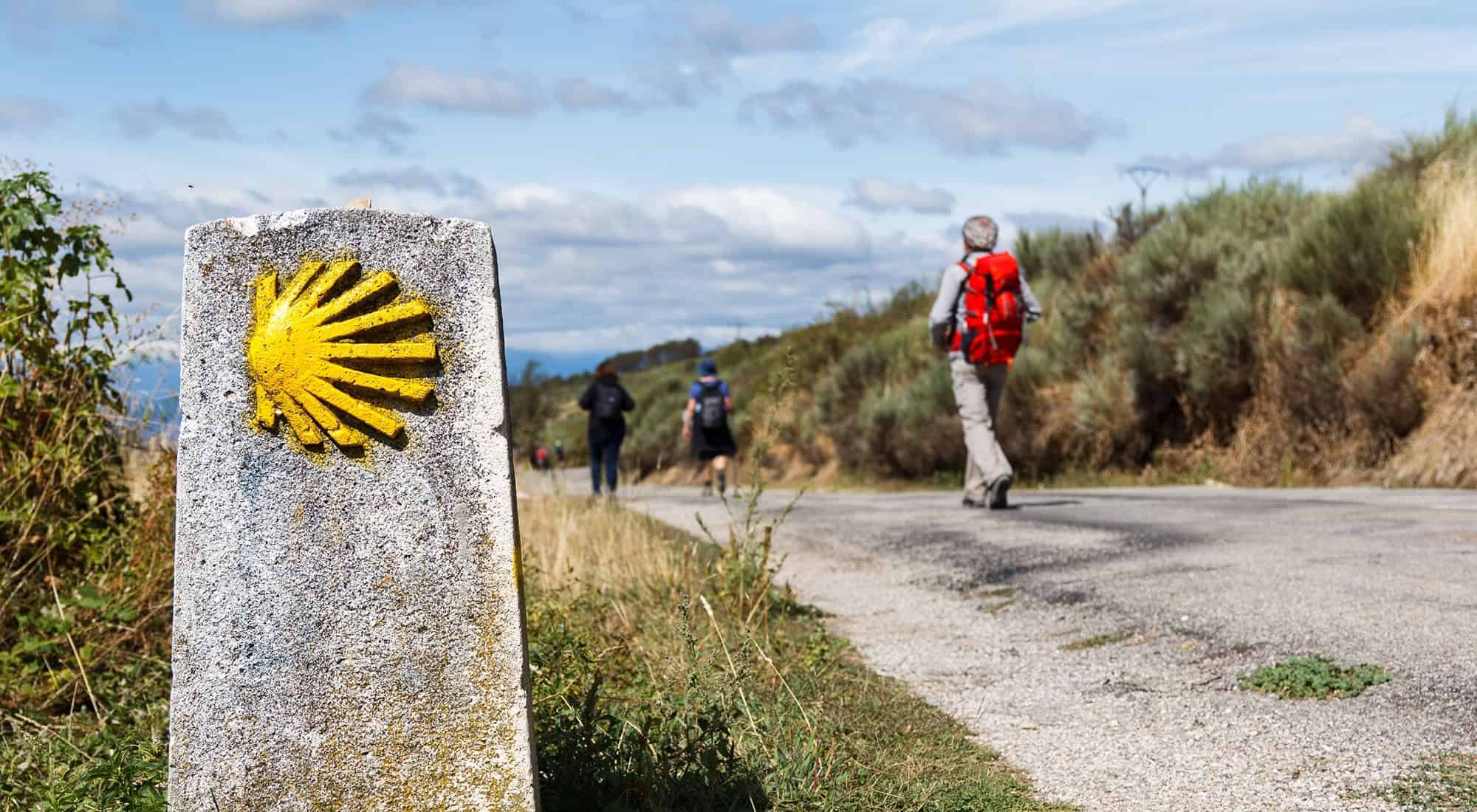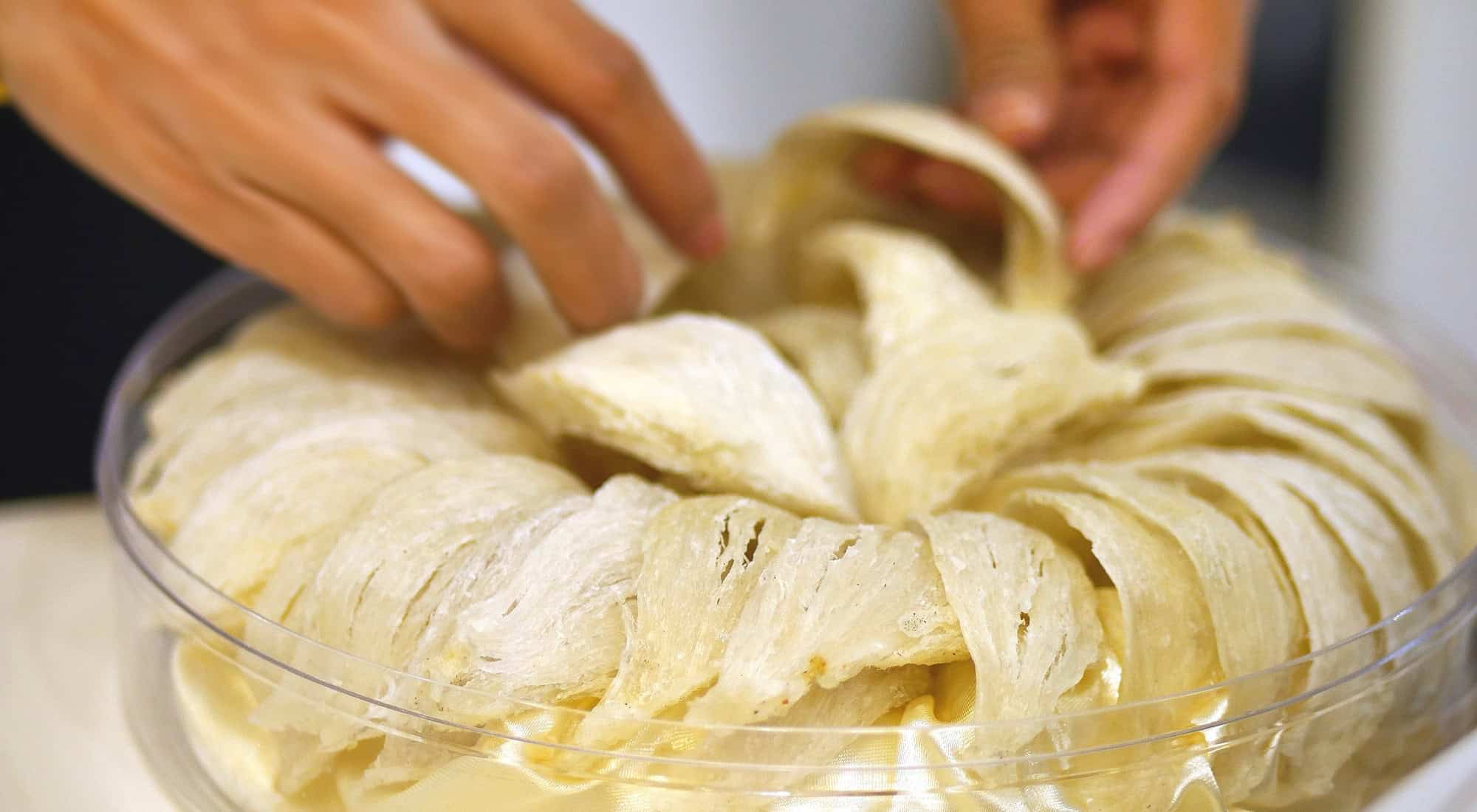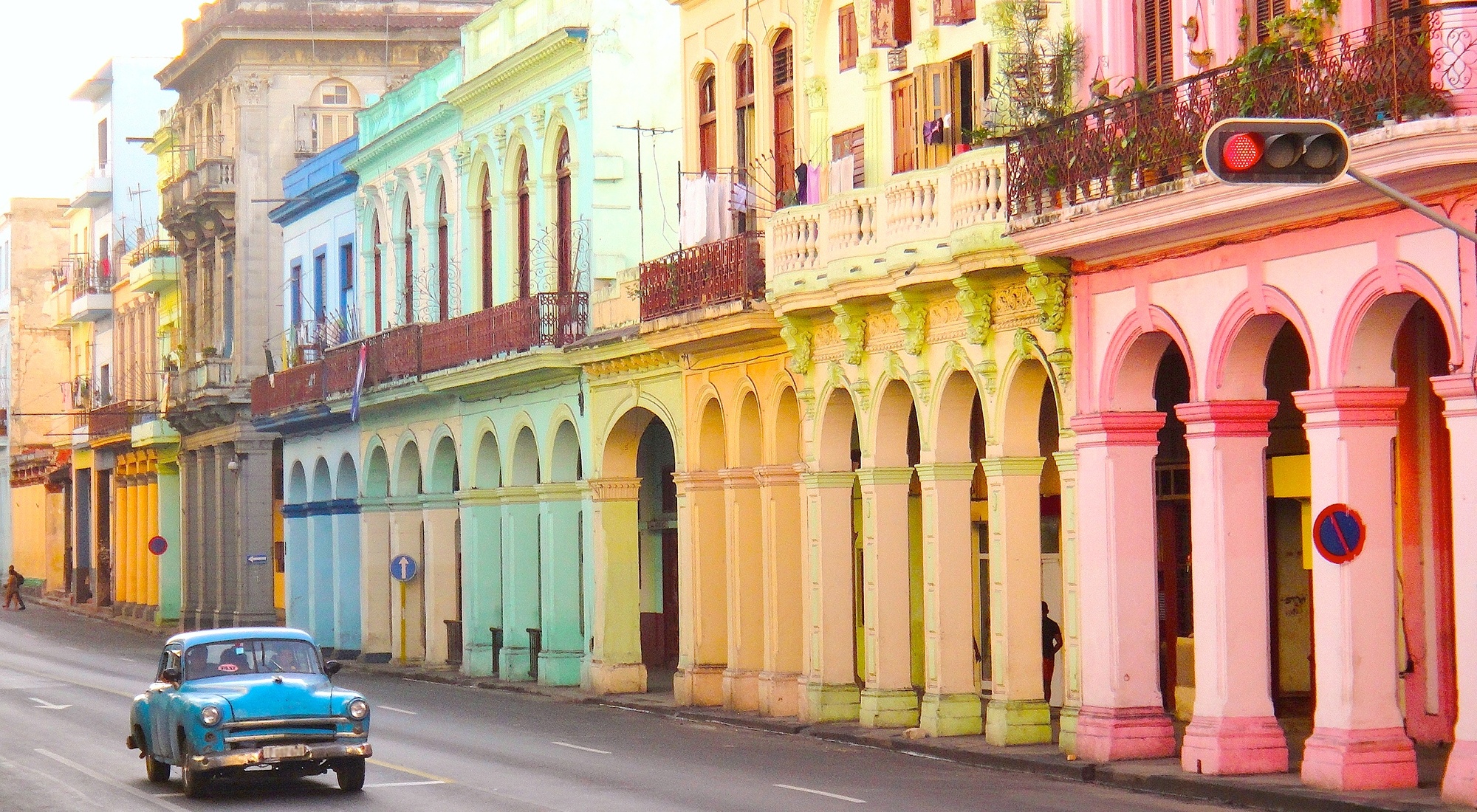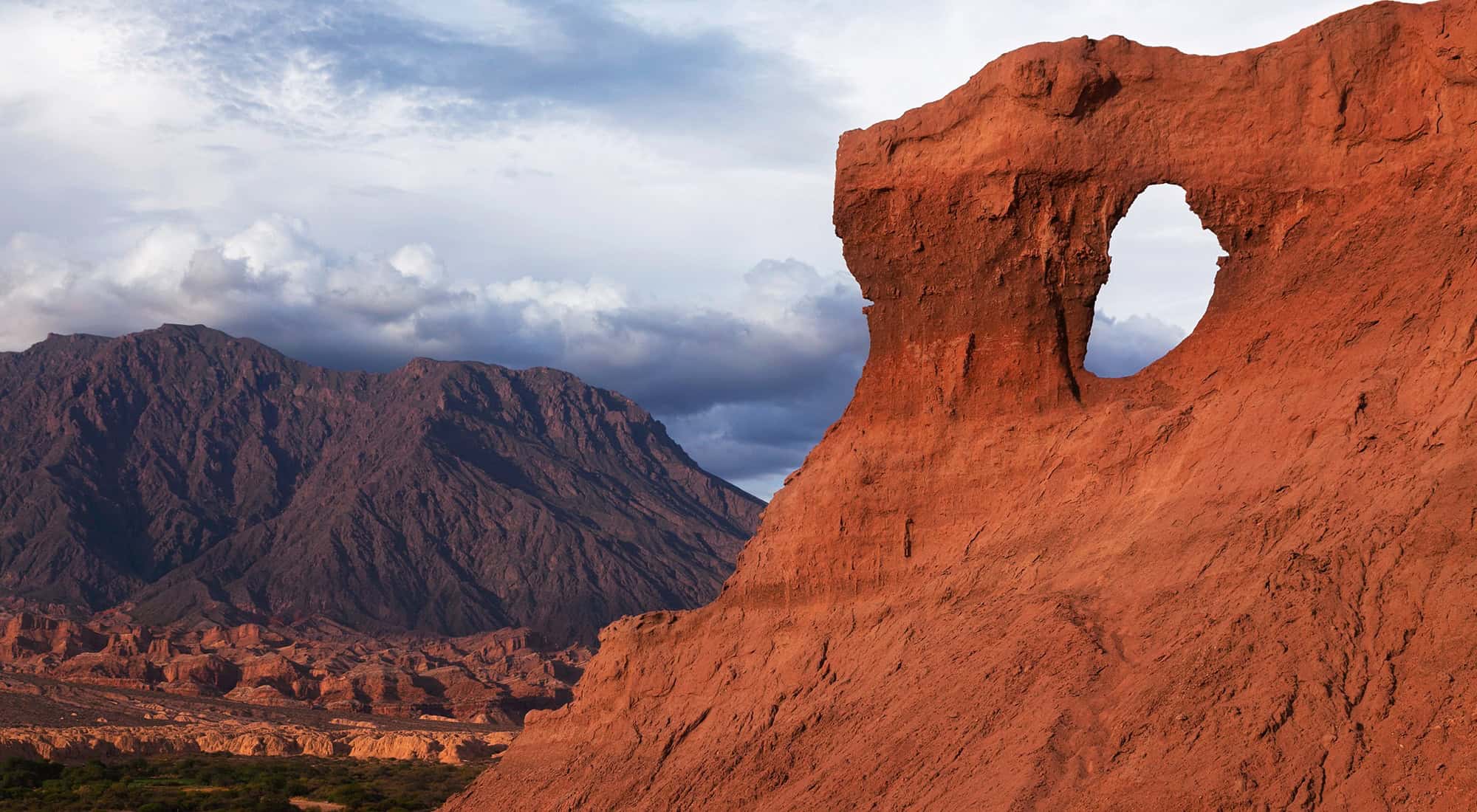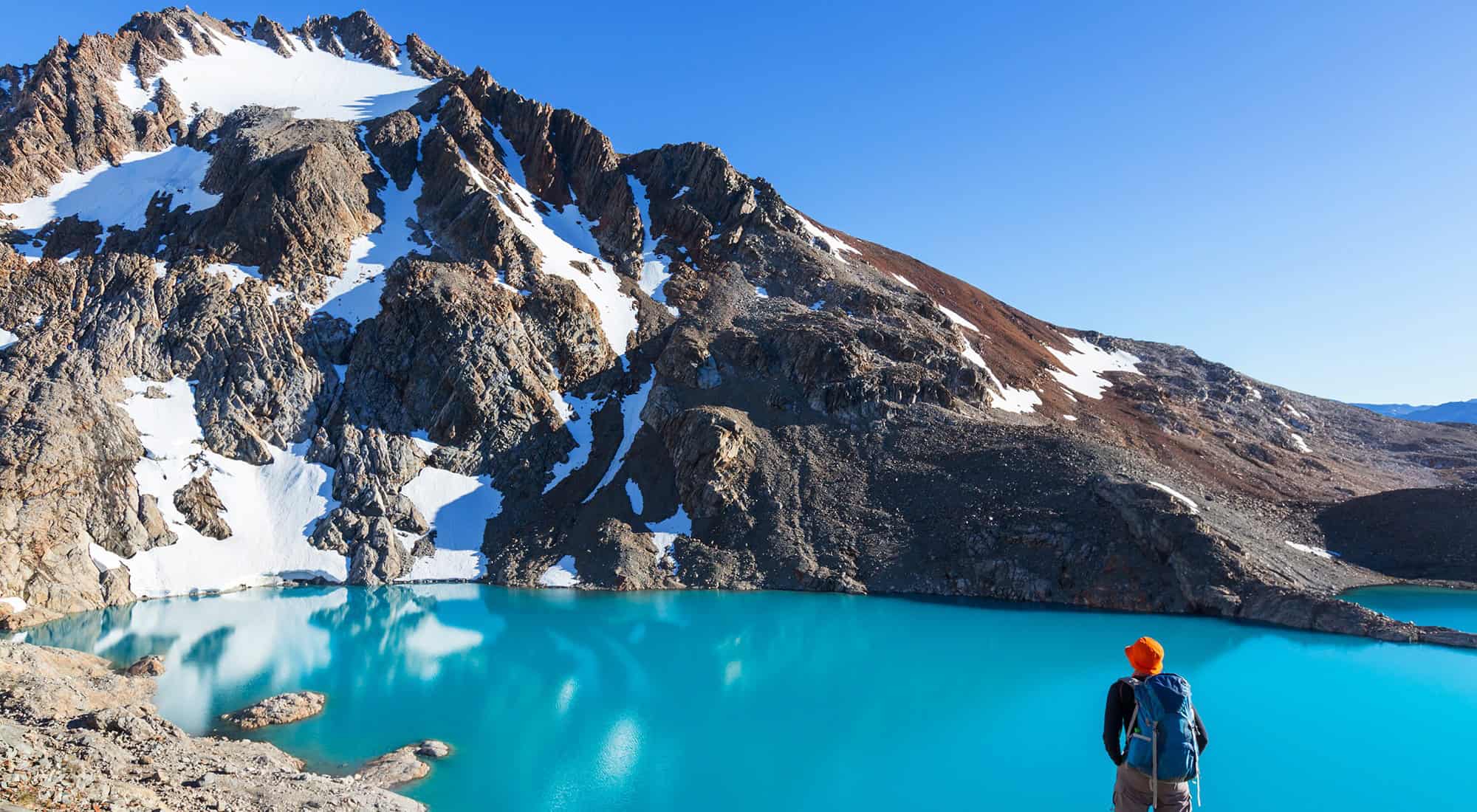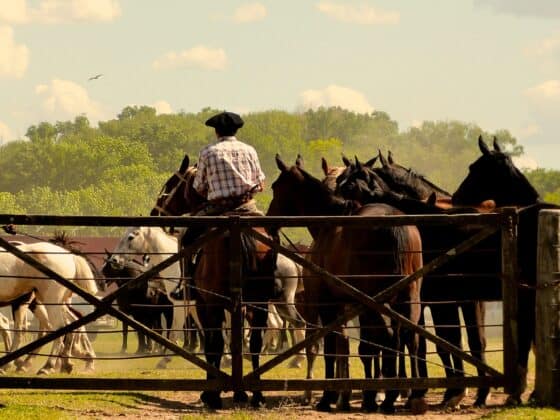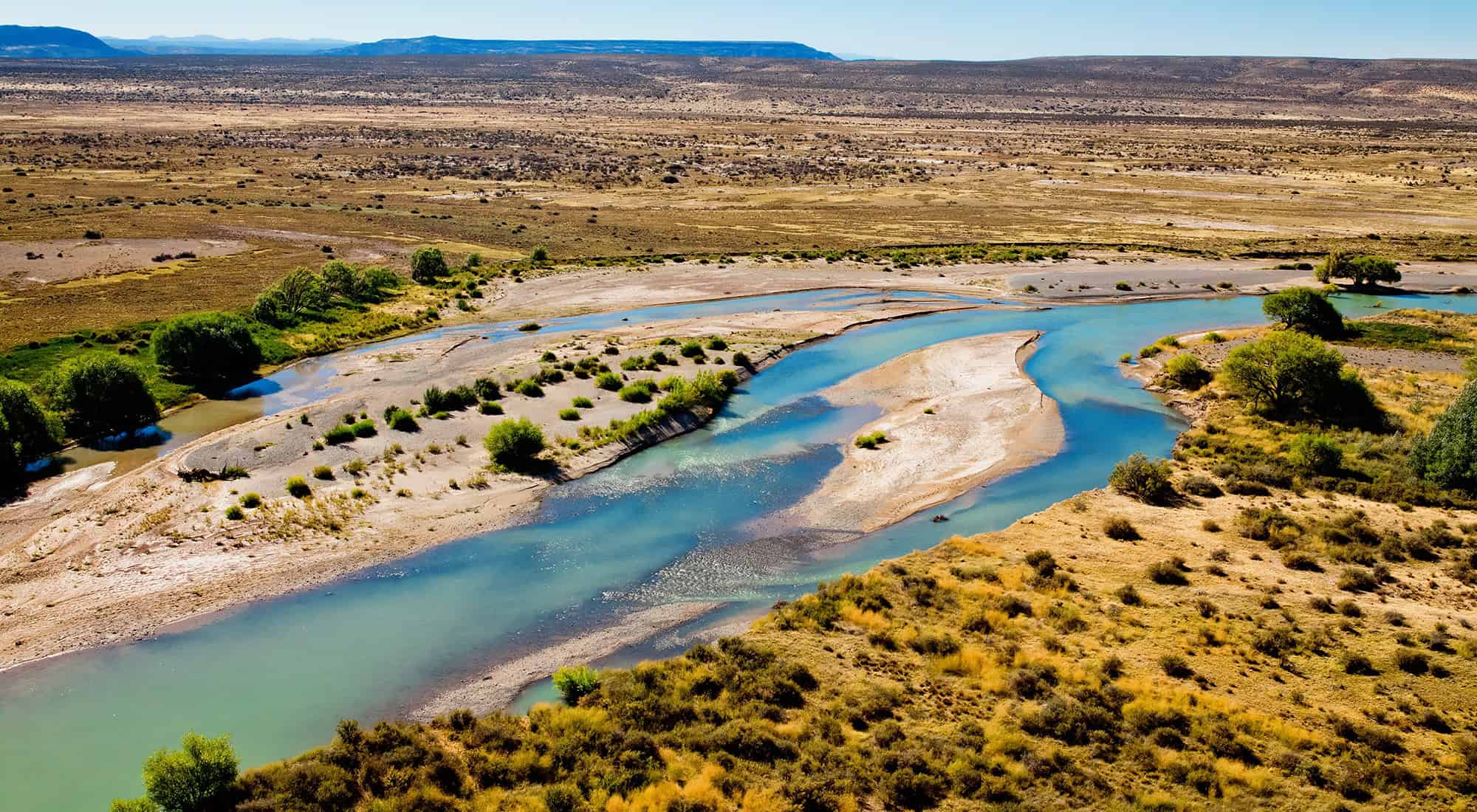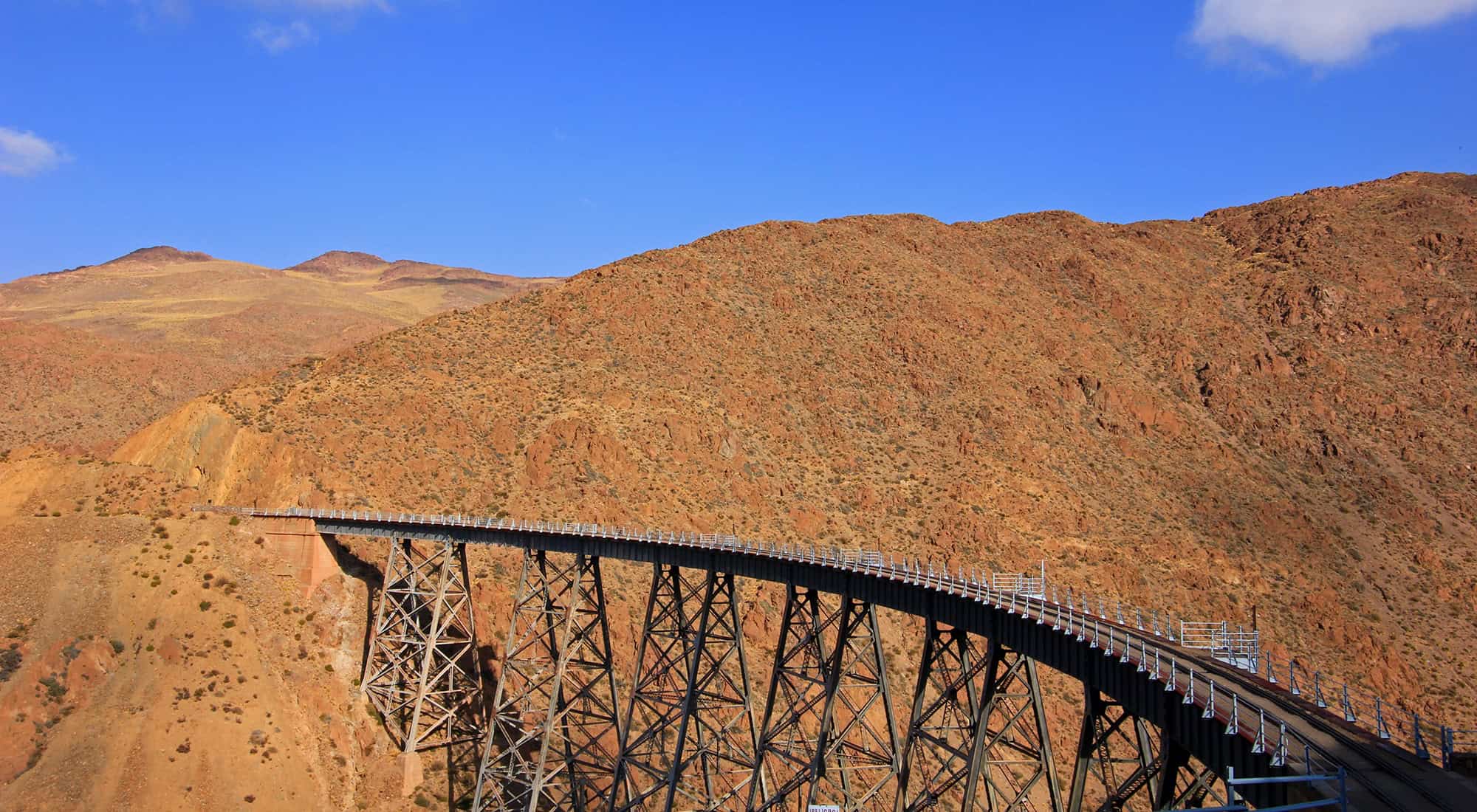BY ALAN MURPHY
Shetland is famous for its birds. As well its huge seabird colonies, the islands attract Arctic species and are an important crossroads for migrating birds.
Over 340 species have been recorded on Fair Isle, including rare and exotic birds from Asia and America. Twenty-one out of the 24 seabirds common to Britain breed in Shetland. These can be found around the coastline, but the largest colonies are at the Hermaness and Noss reserves.
Amongst the many species which can be seen are the puffin. About one fifth of Scotland’s puffins breed in Shetland. Its cousins in the auk family, guillemots, and razorbills, are also here in abundance during the summer months, along with kittiwakes, shags and that most common of seabirds, the fulmar. Britain’s largest seabird, the gannet, can be seen diving spectacularly for fish at Hermaness, Noss, Fair Isle and Foula, while its smallest seabird, the storm petrel, is best seen around dusk on the tiny island of Mousa.

Summer heralds the return of the Arctic tern which breeds along low coastlines, as do the eider, oystercatcher, ringed plover and black guillemot, or tystie, which stays here all year round. The best place to see waders and shelduck are the nutrient-rich tidal mudflats at the Pool of Virkie in the South Mainland.
Many birds breed on agricultural land, and these include the lapwing, skylark, meadow pipit and wheater. The hills and moorland provide breeding grounds for many summer visitors such as that pirate of the skies, the great skua, or bonxie, and the Arctic skua. Another Arctic species, the whimbrel, also nests here, mainly in Unst, Yell and Fetlar. Moorland habitats are also favoured by the curlew, golden plover and merlin, Shetland’s only bird of prey, while the lochs are home to large numbers of red-throated divers. Fetlar is home to 90% of the population of one of Britain’s rarest birds, the red-necked phalarope.
Many of Shetland’s bird habitats are protected as RSPB Reserves and National Nature Reserves, and it is an offence to disturb the birds and their young at or near their nests. You also risk being dive-bombed by some of the more aggressively protective species. For a full list of all species recorded on the islands and more practical bird-watching information, get a copy of the Shetland Bird Chart, by Joyce Gammack, available from the tourist office in Lerwick.
